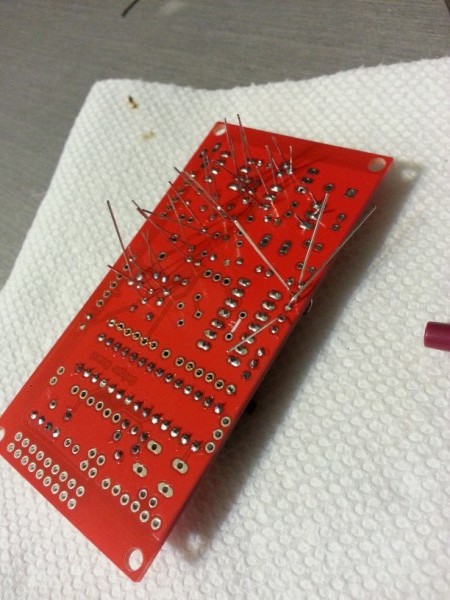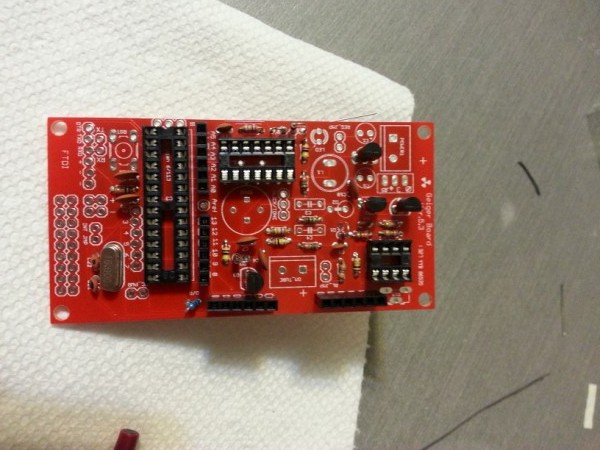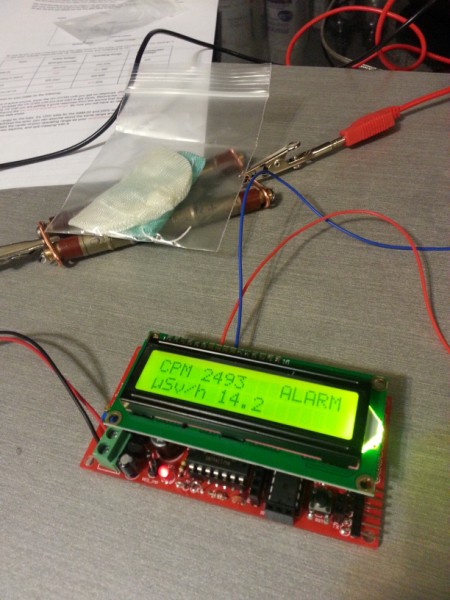

Quote: Originally posted by bfesser  |
Quote: Originally posted by bfesser  |


Quote: Originally posted by Varmint  |
Quote: Originally posted by BobD1001  |
Quote: Originally posted by Plutonium239  |
 .
.


Quote: Originally posted by bfesser  |
Quote: Originally posted by IrC  |
Quote: Originally posted by Marvin  |
 . Inside the tote were a pair of thorium lantern mantles and my torbernite
& trinitite specimens.
. Inside the tote were a pair of thorium lantern mantles and my torbernite
& trinitite specimens.Quote: Originally posted by bfesser  |
 , I replaced the 2n3904 on the HV side with the last
one I had in my parts boxes, and it worked. I'm too tired to do a write up tonight, but here's a preview (turn your volume down):
, I replaced the 2n3904 on the HV side with the last
one I had in my parts boxes, and it worked. I'm too tired to do a write up tonight, but here's a preview (turn your volume down): .
.



Quote: Originally posted by bfesser  |
 . Luckily for me, there are plenty of each in my
area, including 3 nuclear plants—some decommissioned, but much of the pollution remains.
. Luckily for me, there are plenty of each in my
area, including 3 nuclear plants—some decommissioned, but much of the pollution remains.
Quote: Originally posted by bfesser  |

Quote: Originally posted by neptunium  |
 Although I suppose the shortest land route for you would be through
Indianapolis, St. Louis, Oklahoma City, and Albuquerque.
Although I suppose the shortest land route for you would be through
Indianapolis, St. Louis, Oklahoma City, and Albuquerque.Quote: Originally posted by neptunium  |
Quote: Originally posted by IrC  |
Quote: Originally posted by IrC  |
 ).
).Quote: Originally posted by Cheddite Cheese  |
Quote: Originally posted by neptunium  |
Quote: Originally posted by Varmint  |